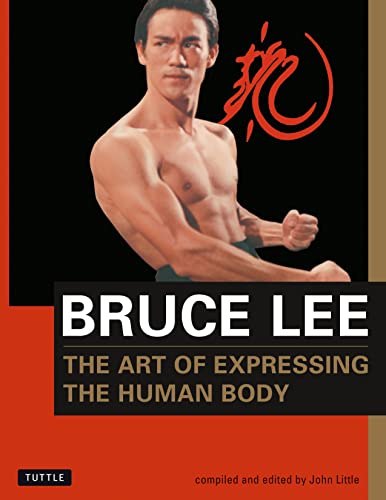Training Factors
Endurance
Endurance is resistance to fatigue from prolonged or repetitive external and internal high loads and a rapid recovery capacity. A skilled fighter must maintain his performance throughout the fight.
To improve long-term endurance, it is recommended to spend 90 minutes a week on a forest run, e.g. run about 30 minutes every other day.
Why Should You Run?
It’s fast – There are 1440 minutes in a day. If you run 90 minutes a week, that’s 90 minutes out of 10,080. If you’re in your 30s and don’t feel like spending a little time running, prepare to spend even more time being sick.
It’s safe – Running builds stamina gradually, it’s almost impossible to overexert yourself. And you start at the level you choose for your fitness.
It develops heart and lungs – Heart, lungs, and circulatory system are improved, you can take in more oxygen. Running also works the parts of the body that muscle training can’t reach (organs). One day your life may depend on your fitness.
You’ll feel better and look better – Exercising improves your skin and muscles, you look more optimistic. The fat around the hips and legs is shed, tightening the muscles and flattening the stomach.
It helps lose excess weight – Fat deposits are converted into muscle. When combined with a healthy diet, weight loss is safe.
The waist is getting smaller – Both male and female runners can reduce their waist size through running.
It builds stamina and confidence – Running makes you fit. You are able to do more at work and in your free time without having to worry about your heart.
A healthier life begins – The exercises should be carried out regularly over long periods of time, short exercise phases with long breaks only give little success.
Bruce Lee, Expressing the Human Body
For short-term endurance training its recommended that a fighter allows himself to be held by two people and must attempt to escape.
Speed
Speed is the ability to move at maximum speed. In taijutsu, speed is a crucial factor, so the opponent doesn’t have time to react. With extreme speed and brief tension, it is possible to smash things that are harder than your own bones.
There are two types of speed:
- Reaction Speed, which relies on reacting to an opponent’s action with lightning speed. This speed depends on the speed of command transmission between the cerebrum and the muscle.
- Movement Speed, which allows the fighter to perform a movement as quickly as possible; such as a throw or a punch. The most important thing here is the coordination of the muscles.
Strength
This is the ability to overcome resistance through muscle contraction. A distinction is made between maximum strength, speed-strength and strength endurance.
The right technique, speed, and reaction are indeed prerequisites for victory in a fight. In the case of equally strong opponents, however, it is the strength that counts. The maximum force is required, e.g. to lift and smash the opponent, strength endurance for lever or hold handles, and speed-strength for punches, kicks, and any kind of body movement (e.g. jumping).
Flexibility
Flexibility is the ability to perform voluntary movements with large amplitude in the joints. An agile fighter will always pull the strings in a fight. Flexibility is often overlooked, and people lift weights and grow muscle mass, but flexibility suffers from this type of training.
Why Should You Stretch?
Stretching Improves Health and Fitness – When combined with proper strength training and aerobic exercises like running, stretching covers the last third of the three core areas of fitness.
Stretching Reduces Risk of Injury – Most everyday and athletic injuries are sudden injuries (e.g. a fall, car crash, or collision with another individual) or overstretching of joints, muscles, or connective tissue, leading to muscle pain, dislocations or sprains. Fighters who stretch regularly have a 50 percent reduced risk of injury from such injuries.
Stretching is a good warm-up/cool-down exercise for other training – An exercise before combat training improves neuromuscular coordination. And when you stretch right after your workout, you reduce the chance of muscle soreness and contribute to faster recovery.
Stretching improves athletic ability – A flexible fighter is a better fighter and a flexible athlete is a better athlete. Could you imagine a gymnast with tight muscles? Any athlete who is flexible automatically has a physiological and psychological advantage.
Stretches are fun when done right – Have you ever stretched out in bed when you wake up in the morning? That feels good, doesn’t it? In fact, a stretching exercise […] can be done before getting out of bed in the morning. This is a good way to prepare your body for the day.
Bruce Lee, Expressing the Human Body
The exercises of jūnantaisō are suitable for improving flexibility.
